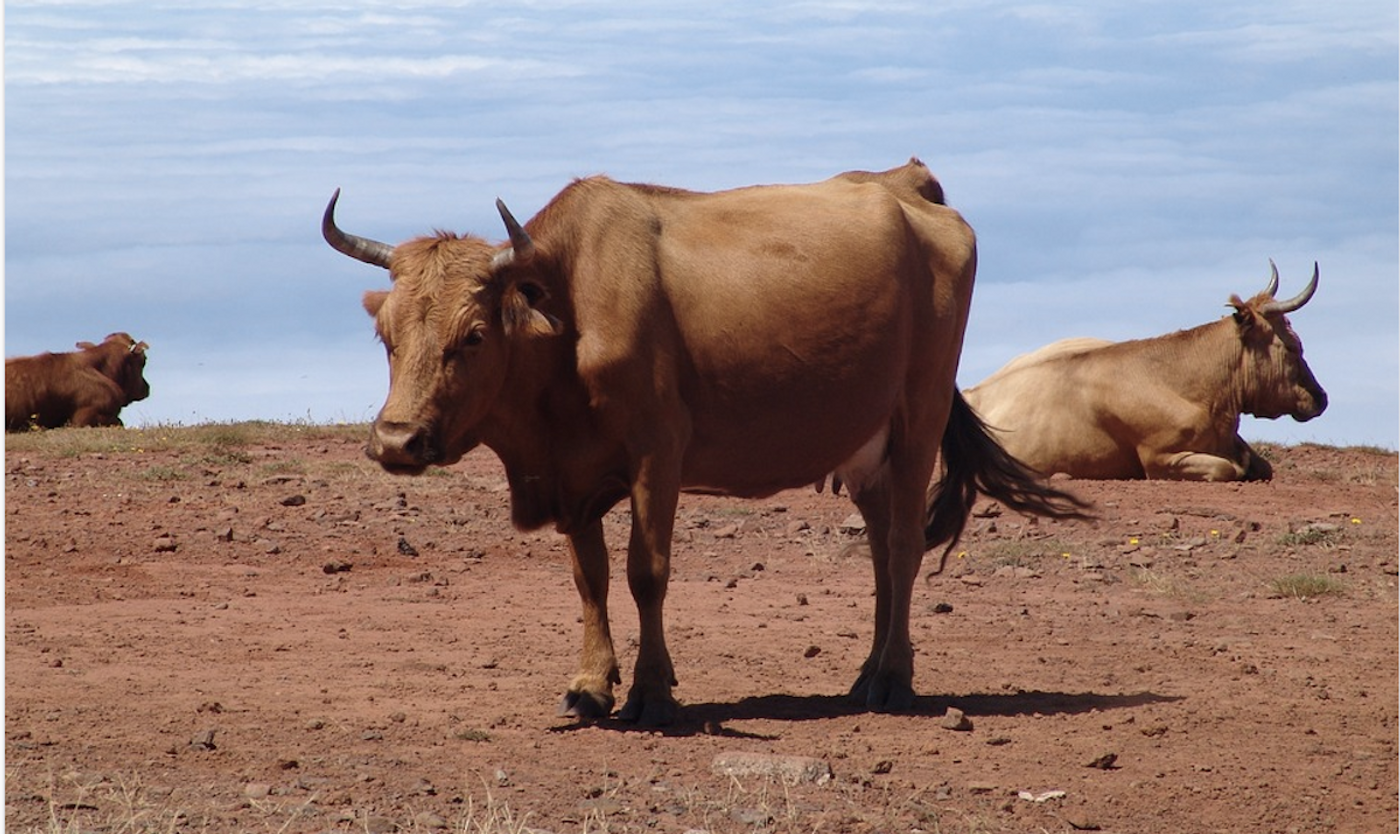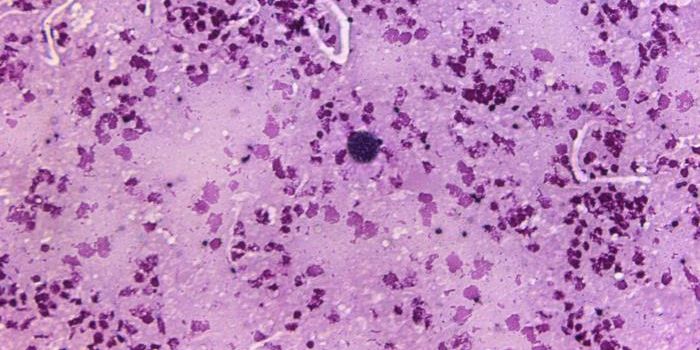Tuberculosis Pathogen Can Survive in Soil Amoebae
Researchers have learned that the bacterium that causes bovine tuberculosis, called Mycobacterium bovis, is able to survive and grow in a type of single-celled organism called an amoeba, that lives in soil. The findings were reported in the ISME Journal.
While bovine tuberculosis is not a major threat in the United States, the pathogen that causes the illness can be found around the world, and is a serious problem in some places. According to the World Organization for Animal Health, bovine tuberculosis could be found in 44 percent of the 182 countries that reported their status between January 2017 and June 2018. In Europe, cattle that have the disease must be killed and removed from the supply chain.
"Despite implementation of control measures, bovine TB continues to be a major threat to cattle and has an enormous impact on the rural economy," said the lead study author Professor Graham Stewart, Head of the Department of Microbial Sciences at the University of Surrey in the UK. Understanding the biology behind the TB disease and how it spreads is crucial for a balanced discussion on this devastating problem and to developing preventative measures to stop its spread."
Scientists have suggested that the bacterial pathogen evolved inside of another microorganism, like an amoeba, and eventually was able to jump to other species including cattle. In this work, the researchers wanted to learn more about how the pathogenic bacterium could survive in various conditions.
If amoebae encountered bacteria, the amoebae typically digest the bacterial cells like they're food. But when an amoeba called Dictyostelium discoideum was infected with M. bovis, the bacterium survived for two days unharmed. To shield itself, the bacterium utilized the same genes it uses when it's evading the immune system in animals like cattle and humans.
In its host, the M. bovis was found to be active and still growing, though at a slower pace and at lower-than-expected temperatures. The bacterium was thought to replicate at the body temperature of cattle and humans, yet replication was observed at much lower temperatures in this study - 37 versus 25 degrees Celsius, respectively. This adaptive ability probably helped the pathogen move between animals, the researchers suggested.
"An important additional benefit is that our research shows the potential for carrying out at least some future TB research in amoebae rather than in large animals," Stewart added.
Sources: Phys.org via University of Surrey, ISME Journal









